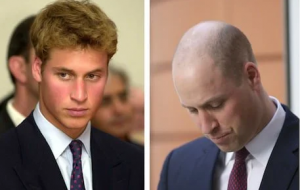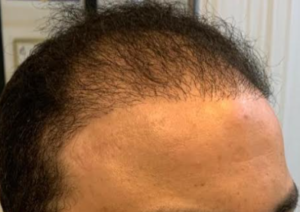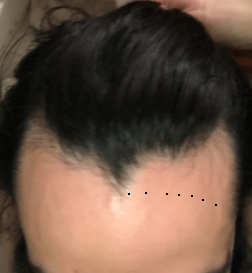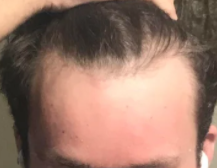I got the surgery done, 2500 grafts, at a top US surgeon 2.5 months ago. So far hair has grown in around the edges, but not in the majority of the center. I’ve been on fin for 4 months. Is this considered normal? I didn’t do ACell/PRP.
You need to wait this out. You will see growth start around 3-5 months and be at styling length by the 8th month. The ACell and PRP has not significant value anyway for hair growth from a hair transplant




